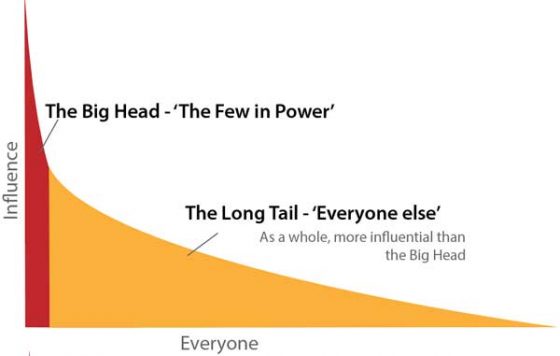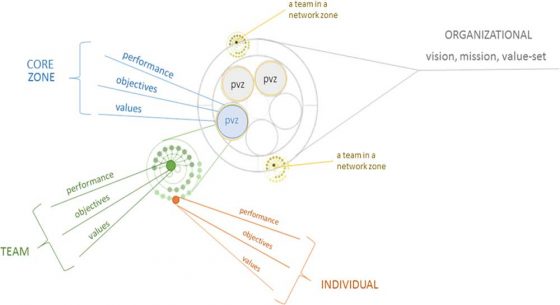‘Emergence’ is the ‘why’ of collective impact
What is the why behind collective impact?
Yes, by definition, collective impact is about multiple organizations collaboratively solving a complex social problem, but how does one identify a complex social solution?
That’s where ‘emergence‘ comes in.
Emergence is defined as “complex behaviors that arise spontaneously from relatively simple elements,” or simply the sum that is greater than its parts. Emergence can be seen as the ‘output’/’outcomes’, the tangible result of when people collaborate in flow. This is the inspired new music that arises when curated musicians get together; the ‘magic’ that people have difficulty describing at Burning Man; the romantic air that permeates a seaside village in Sicily or a night out in Paris; the ghost in the machine that makes us a conscious being. Or as the NY Times asks in a review of Emergence: The Connected Lives of Ants, Brains, Cities, and Software, “how does a lively neighborhood evolve out of a disconnected group of shopkeepers, bartenders, and real estate developers?”
Engaging Emergence author Peggy Holman describes the essence of emergence well, “A network grows in real time. No one orchestrates who connects with whom. Neighbors interact around whatever they find meaningful. Some feel so attracted to the cause that they become hubs in a network. They draw others to them, and clusters grow larger as the members bring their connections with them. Then one hub connects with another hub, and something coalesces, with hundreds, thousands, or even millions of people involved. Spirit is renewed; perhaps wisdom—knowledge and knowing deeper than the rational mind—is gained. Some deep truth is reignited. The form is novel, elegant, dynamic yet stable. It is more complex and more inclusive.”

The question is, why does so much of our built environment lack emergence… soul? It’s because these communities aren’t being created as the sum of its parts, but rather by a few rather influential parts (‘big head’) that effectively decide what the sum is for all the other parts (‘long tail’). Thankfully, there is a system that communities and organizations can adopt that allows the long tail to foster emergence. It’s known as the Open Participatory Organization (OPO) developed by Bonnitta Roy.
As you can see in the diagram of an OPO, the values of every individual is taken into consideration, allowing the emergence of teams, then zones, that make up the collective values of the organization. In other words, every individual’s values matter, but strategically organized as a collective force, as a cohesive long tail. What’s the benefit of this?

From How Self-Organization Happens by Bonnitta, “What is more interesting and profitable, is being able to stay with and participate with what is actually the case, with what is actually happening, at the level of the value-streams that are driving organizational life. They are more sensitive, more responsive and more precise, than the conceptual abstractions we commonly use to represent organizational life. The value-streams reflect what is most relevant and most real and therefore, they can surface the missing information we need when making decisions or solving problems in complex environments.”
This coincides with what is social impact. Real social impact. From the industry best-selling book, Real Impact and its associated nonprofit, Transform Finance, impact is defined by three principles:
- Projects are primarily designed, governed, and where feasible owned by communities.
- Investments add more value than they extract.
- The financial relationship fairly balances risks and returns among all stakeholders.
Thus, impact is what happens when the values of the people are fully taken into consideration. Emergence is the unscripted magic that happens when those people authentically express those values as a cohesive community, which is often best realized when they’re in the flow state. See the previous story for more on that.
Stay tuned for Bonnitta Roy’s upcoming book on Open Participatory Organizations.

Leave a Reply